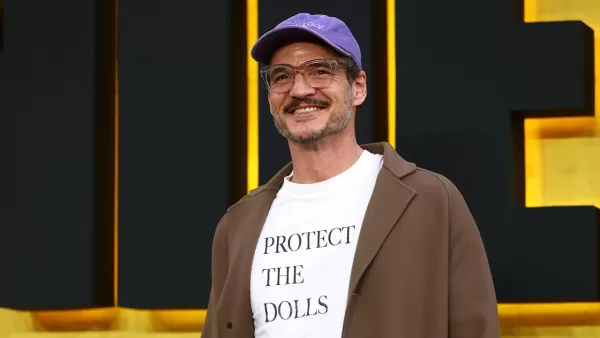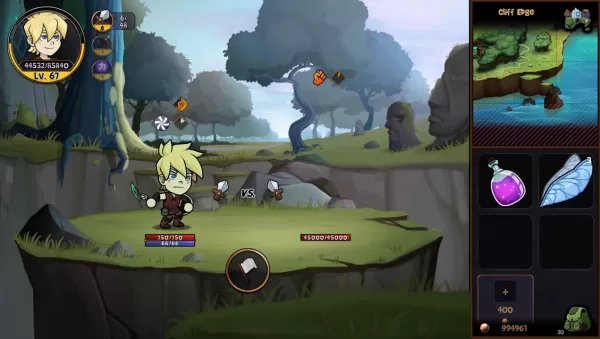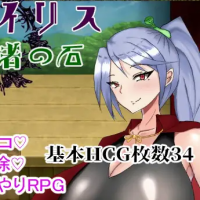Just as Cinderella’s dream was poised to end at midnight, so too was the Walt Disney Company's story nearly cut short in 1947, facing a daunting debt of $4 million after financial setbacks from films like Pinocchio, Fantasia, and Bambi, exacerbated by World War II and other challenges. However, the beloved princess and her iconic glass slippers played a pivotal role in rescuing Disney from an early end to its animation legacy.
As we celebrate the 75th anniversary of Cinderella's wide release on March 4, we've engaged with various Disney insiders who continue to draw inspiration from this timeless tale of rags to riches. This story not only parallels the journey of Walt Disney himself but also rekindled hope within the company and the world, which was then in the process of rebuilding and seeking something to believe in once more.
The Right Film at the Right Time --------------------------------To understand the context, we must revisit Disney's own fairy godmother moment in 1937 with Snow White and the Seven Dwarfs. Its phenomenal success, making it the highest-grossing film until Gone with the Wind surpassed it two years later, enabled Disney to establish its Burbank studio, still its headquarters today, and embark on a journey of creating more feature-length animated films.
Following Snow White, Disney's 1940 release, Pinocchio, came with a hefty budget of $2.6 million, exceeding Snow White's by about a million. Despite critical acclaim and two Academy Awards for Best Original Score and Best Original Song, it resulted in a $1 million loss. Similarly, Fantasia and Bambi underperformed, further increasing the studio's debt. The primary reason was the outbreak of World War II in 1939, which disrupted Disney's European markets.
“Disney's European markets dried up during the war, and the films weren’t being shown there, so releases like Pinocchio and Bambi did not do well,” explained Eric Goldberg, co-director of Pocahontas and lead animator on Aladdin’s Genie. “The studio was then commandeered by the U.S. government to produce training and propaganda films for the Army and Navy. Throughout the 1940s, Disney shifted to Package Films such as Make Mine Music, Fun and Fancy Free, and Melody Time. These were excellent projects but lacked a cohesive narrative from start to finish.”
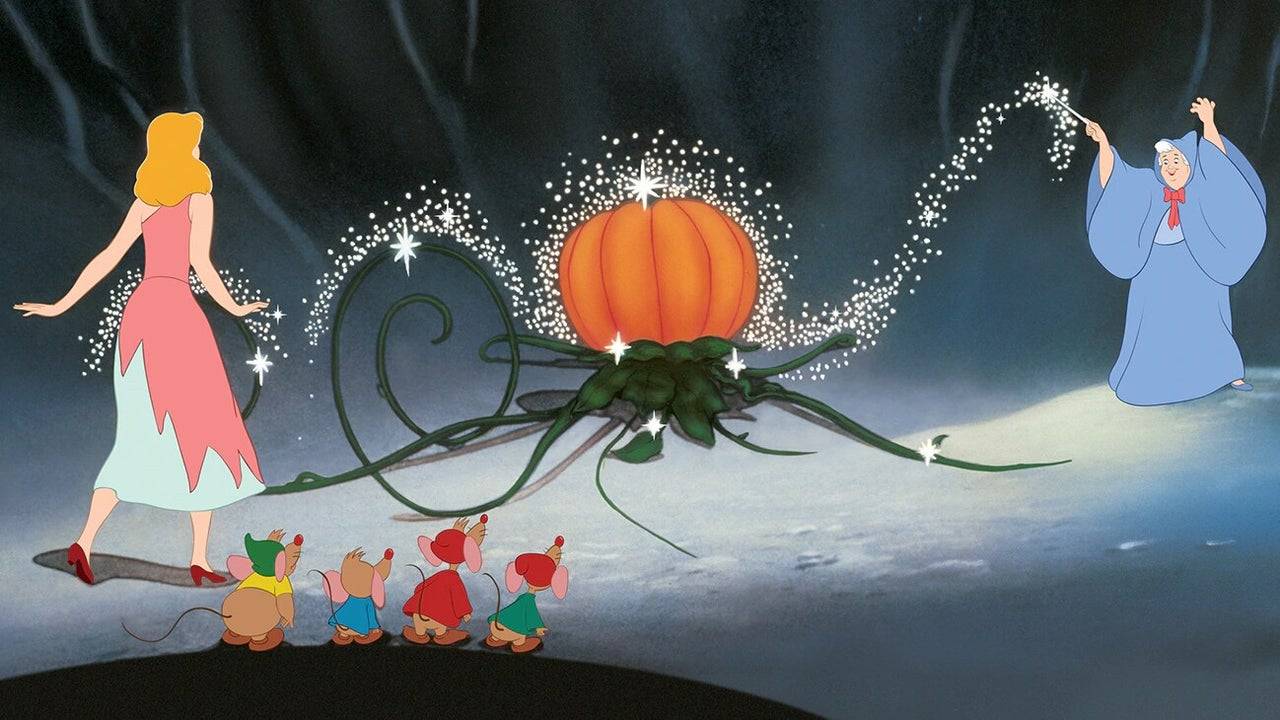
Package Films were essentially compilations of short cartoons assembled into feature films. Between 1942's Bambi and 1950's Cinderella, Disney produced six such films, including Saludos Amigos and The Three Caballeros, which were part of the U.S. Good Neighbor Policy to counter Nazism in South America. Although these films managed to break even, and Fun and Fancy Free reduced the studio's debt from $4.2 million to $3 million by 1947, they hindered Disney's ability to produce true feature-length animated stories.
“I wanted to get back into the feature field,” Walt Disney expressed in 1956, as quoted in The Animated Man: A Life of Walt Disney by Michael Barrier. “But it was a matter of investment and time. A good cartoon feature takes a lot of time and money. My brother Roy and I had quite a disagreement. It was one of my big upsets. I said we’re going to either go forward, get back in business, or liquidate or sell out.”
Facing the prospect of selling his shares and leaving the company, Walt and Roy decided to take a risk and invest everything in their first major animated feature since Bambi in 1942. This gamble was crucial; failure could have meant the end of Disney's animation studio.
“At this time, Alice in Wonderland, Peter Pan, and Cinderella were all in development, but Cinderella was chosen first due to its similarities with the successful Snow White,” said Tori Cranner, Art Collections Manager at Walt Disney Animation Research Library. “Walt recognized what America needed post-war: hope and joy. While Pinocchio is an amazing film, it's not as joyful as Cinderella. The world needed to believe that something beautiful could emerge from the ashes, and Cinderella was the perfect film for that moment.”
Cinderella and Disney’s Rags to Riches Tale
Walt's connection to Cinderella dates back to 1922 when he created a Cinderella short during his time at Laugh-O-Gram Studios, just before founding Disney with Roy. The short and later feature film were inspired by Charles Perrault’s 1697 version of the tale, which may trace its origins to between 7 BC and AD 23, as mentioned by the Greek geographer Strabo. This classic narrative of good versus evil, true love, and dreams coming true resonated deeply with Walt.
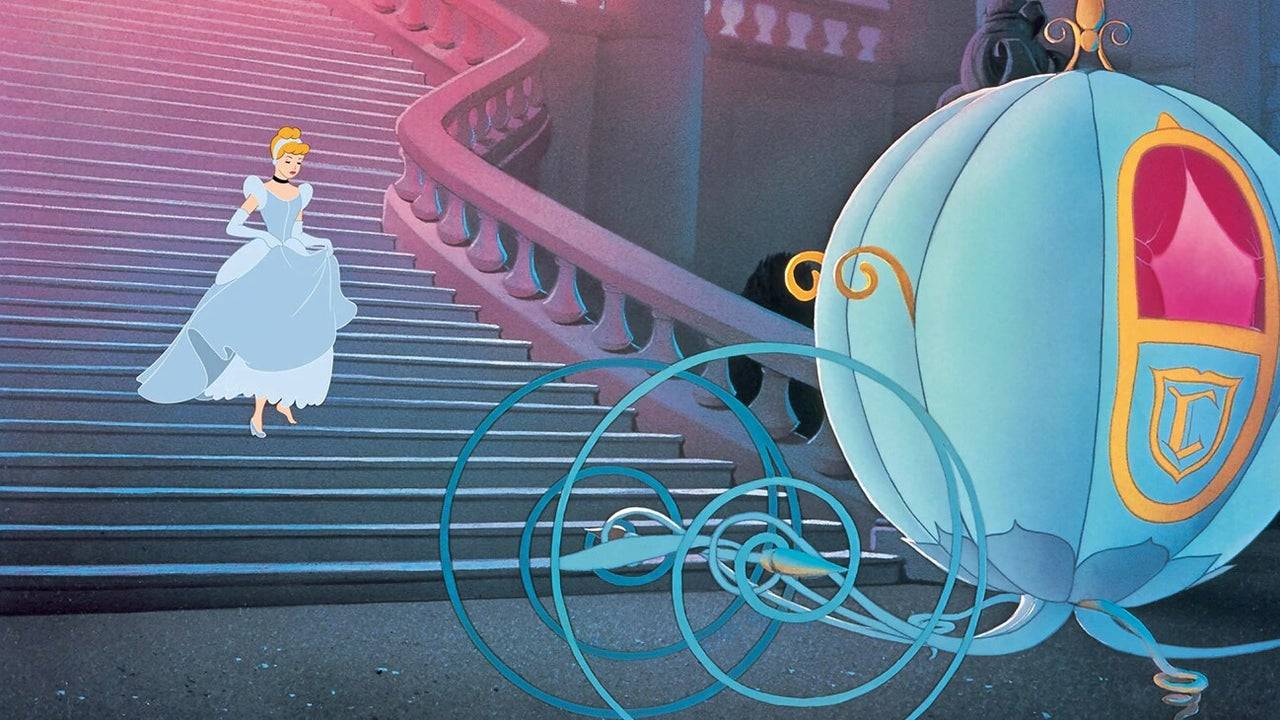
“Snow White was a kind and simple little girl who believed in wishing and waiting for her Prince Charming,” Walt Disney remarked, as featured in Disney’s Cinderella: The Making of a Masterpiece special DVD feature. “Cinderella, on the other hand, was more practical. She believed in dreams but also in taking action. When Prince Charming didn’t come, she went to the palace to find him.”
Cinderella’s character embodies resilience and determination, qualities that mirrored Walt’s own journey from humble beginnings, filled with failures and challenges, yet driven by an unwavering dream and work ethic. This story remained with Walt through Disney's early days, leading to an attempt to revive it as a Silly Symphony short in 1933. The project's scope expanded, culminating in a decision in 1938 to develop it into a feature film. Despite delays due to the war and other factors, the film evolved into the beloved classic we know today.
Disney’s success with Cinderella was due in part to their ability to transform classic tales into universally appealing stories. “Disney took these long-standing fairytales and infused them with his unique style, entertainment sense, heart, and passion, making audiences care more about the characters and stories than the originals,” Goldberg noted. “These tales often served as cautionary lessons, but Disney made them enjoyable for all ages, modernizing them and ensuring their lasting appeal.”
Cinderella’s animal friends, including Jaq, Gus, and the birds, provided comic relief and a way for her to express her true feelings, adding depth to her character. The Fairy Godmother, reimagined by animator Milt Kahl as a more relatable, bumbling grandmother figure, further connected with audiences. The iconic transformation scene, where Cinderella’s belief in herself and her dreams leads to a life-changing night, remains a highlight in Disney's history.
The animation of Cinderella’s dress transformation, credited as Walt’s favorite, showcases the meticulous hand-drawn and hand-painted work of Disney Legends Marc Davis and George Rowley. “Every sparkle was hand-drawn on every frame, which is mind-blowing,” Cranner said. “There’s a perfect moment where the magic pauses before transforming the dress, adding to the scene's enchantment.”
The addition of the glass slipper breaking at the end, a departure from previous versions, underscores Cinderella’s strength and agency. “Cinderella is not a cipher; she has personality and strength,” Goldberg emphasized. “When the slipper breaks, she reveals the other one she's kept, showing her control over her destiny.”
Cinderella premiered in Boston on February 15, 1950, and had its wide release on March 4. It became an instant success, grossing $7 million on a $2.2 million budget, the best box office performance for Disney since Snow White. It was the sixth-highest grossing film of 1950 and received three Academy Award nominations.
“When Cinderella came out, critics praised it, saying Walt Disney was back on track,” Goldberg recalled. “It was a huge success, rekindling the studio's narrative feature focus. Following Cinderella, Disney developed films like Peter Pan, Lady and the Tramp, Sleeping Beauty, 101 Dalmatians, and The Jungle Book, all thanks to Cinderella’s triumph.”
75 Years Later, Cinderella’s Magic Lives On
Seventy-five years later, Cinderella’s influence remains strong, evident in Disney parks and movies. Her castle inspires the iconic castle in the opening of Disney films, and her legacy touches modern classics like Frozen. “Elsa’s dress transformation in Frozen was directly inspired by Cinderella,” said Becky Bresee, lead animator on Frozen 2 and Wish. “The sparkles and effects echo Cinderella’s magic, honoring the impact of earlier films.”

The contributions of the Nine Old Men and Mary Blair to Cinderella’s distinctive style and character are noteworthy. As we conclude this retrospective, Eric Goldberg encapsulates why Cinderella was the perfect film and princess at the right time to save Disney: “Cinderella is about hope. It teaches that perseverance and strength can lead to realized dreams, no matter the era.”


